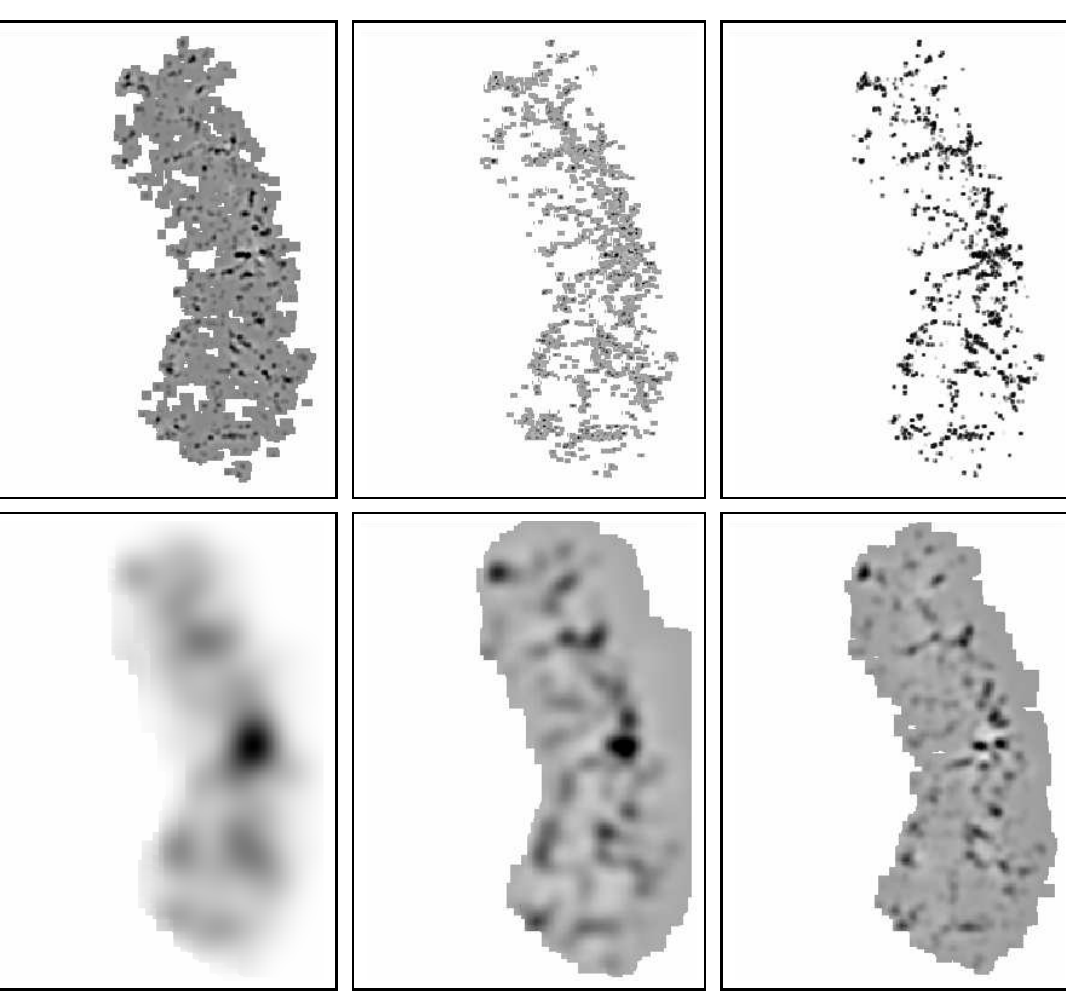| Authors: | E. Saar, V. J. Martinez, J-L. Starck, D. L. Donoho |
| Journal: | MNRAS |
| Year: | 2007 |
| Download: | ADS | arXiv |
Abstract
Many statistical methods have been proposed in the last years for analyzing the spatial distribution of galaxies. Very few of them, however, can handle properly the border effects of complex observational sample volumes. In this paper, we first show how to calculate the Minkowski Functionals (MF) taking into account these border effects. Then we present a multiscale extension of the MF which gives us more information about how the galaxies are spatially distributed. A range of examples using Gaussian random fields illustrate the results. Finally we have applied the Multiscale Minkowski Functionals (MMF) to the 2dF Galaxy Redshift Survey data. The MMF clearly indicates an evolution of morphology with scale. We also compare the 2dF real catalog with mock catalogs and found that Lambda-CDM simulations roughly fit the data, except at the finest scale.
Summary
We have shown how to calculate the Minkowski Functionals (MFs) taking into account border effects of complex observational sample volumes. We have proposed a multi-scale extension of the MF, which gives us more information about how the galaxies are spatially distributed. This method has been applied to the 2dF Galaxy Redshift Survey data. The MMF clearly indicates an evolution of morphology with scale. We also compare the 2dF real catalogue with mock catalogues and found that Λ cold dark matter simulations roughly fit the data, except at the finest scale (Saar, Martinez, Starck and Donoho, MNRAS, 2007).

